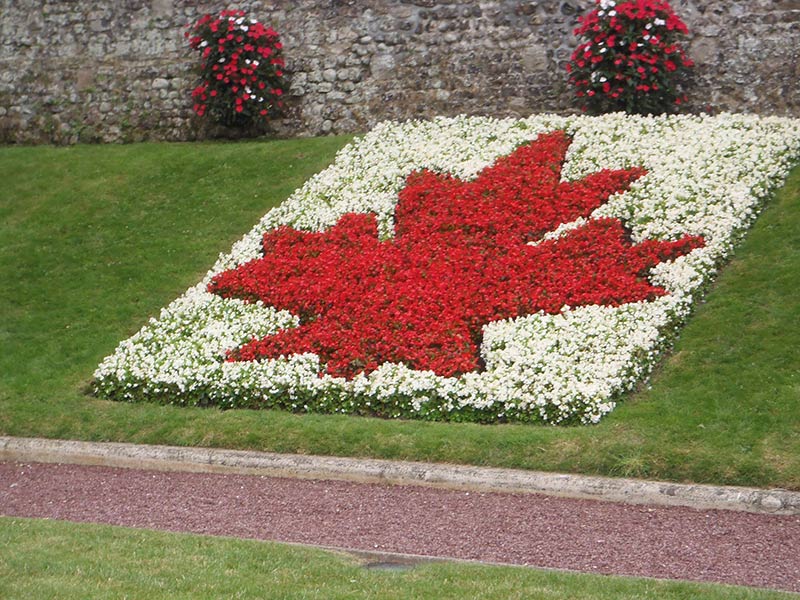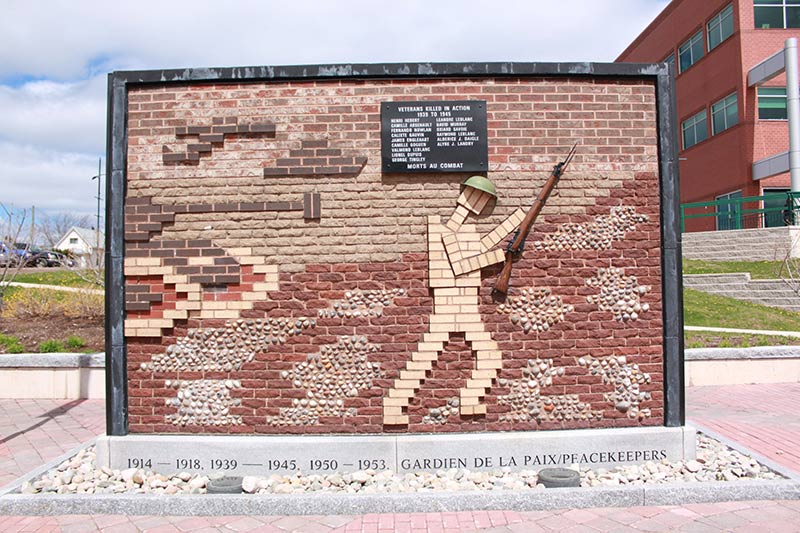Sister Cities - Handout
This publication is available upon request in alternate formats. PDF Version

August 19, 1942, was a very sad day for Canada during the Second World War. Early in the morning, about 5,000 Canadians landed on the beaches of Dieppe, France. In a short amount of time, over 900 of our men were killed and almost 2,000 were taken as prisoners. The brave soldiers who survived were always troubled by their memories...and so was Canada!
How do people heal after such a sad event? How does a country recover? How can we say thank you to those who gave their lives and make sure we never forget what they did for us?
When very bad things happen like the Dieppe Raid, people will often come together to help one another. People gathering is an important part of what we call the “healing process.” Thinking of the good in people and the things that we have in common, like loving our families, is an important way to honour those who sacrificed their lives for our freedom.
People also build structures called “monuments” to remember and honour those who have died so that others might have a better life. These monuments often have statues and symbols on them that make us remember the reason they died. Sometimes they give us a feeling of hope for a better future—a time when people will not have to go through such sadness. You can often find these monuments in places such as parks where there is a lot of beautiful nature around, like gardens of flowers and trees. The beauty in nature helps us to think of the good things in the world and the peace that we want everyone to have.
After the Second World War, the people of Dieppe, France, wanted to say a special thank you to the people of Canada. They built a small park that showed the friendship between the two countries and called it Square du Canada (Canada Square). Beautiful red and white gardens, some in the shape of large maple leafs, surround the square. In the centre is the Dieppe-Canada Monument with the names of people and events that brought Canada and France together.
People in Canada were also looking to honour the Canadians who died during the war and to begin healing from the sadness they felt. In 1946, the villagers of Léger’s Corner, New Brunswick, did a very special thing to honour the Canadians who fought during the Dieppe Raid —they changed the name of their community to Dieppe! Now there is a Dieppe in France and a Dieppe in Canada, too.
But the people in Dieppe, New Brunswick, did not stop there. In 1979, a group of Veterans began to plan a monument to honour all the Canadians who fought for freedom with a special tribute to the men who were part of the Dieppe Raid. When children in Dieppe, France, heard about their idea, they decided they wanted to help out. They went out to the beaches where the Canadians landed in 1942 and gathered over 900 stones, one for every Canadian who died there. They sent the stones to Canada to be used in the monument and wrote in a letter: “For an end to all wars, for friendship among children.” The Dieppe Cenotaph (cenotaph is another name for a war monument) is a collage of bricks carefully laid out to form a soldier, tank and airplane at the beach during the Dieppe Raid. The stones gathered by the children were placed in groups of ten in the scene to symbolize the ten Canadian Army units that fought at Dieppe.
The friendship between Dieppe, New Brunswick, and Dieppe, France, continues to this day. In the year 2000, the two cities signed an agreement of friendship and became “sister cities.” They also decided to work together on different projects like kite flying festivals. In recent years, kite flying has become a symbol of hope. When you think of flying a kite, how does it make you feel? Happy or sad? Does it remind you of your freedom?
Why not create a symbol of hope in remembrance of those who gave so much so that we can live in peace?
- Date modified:


